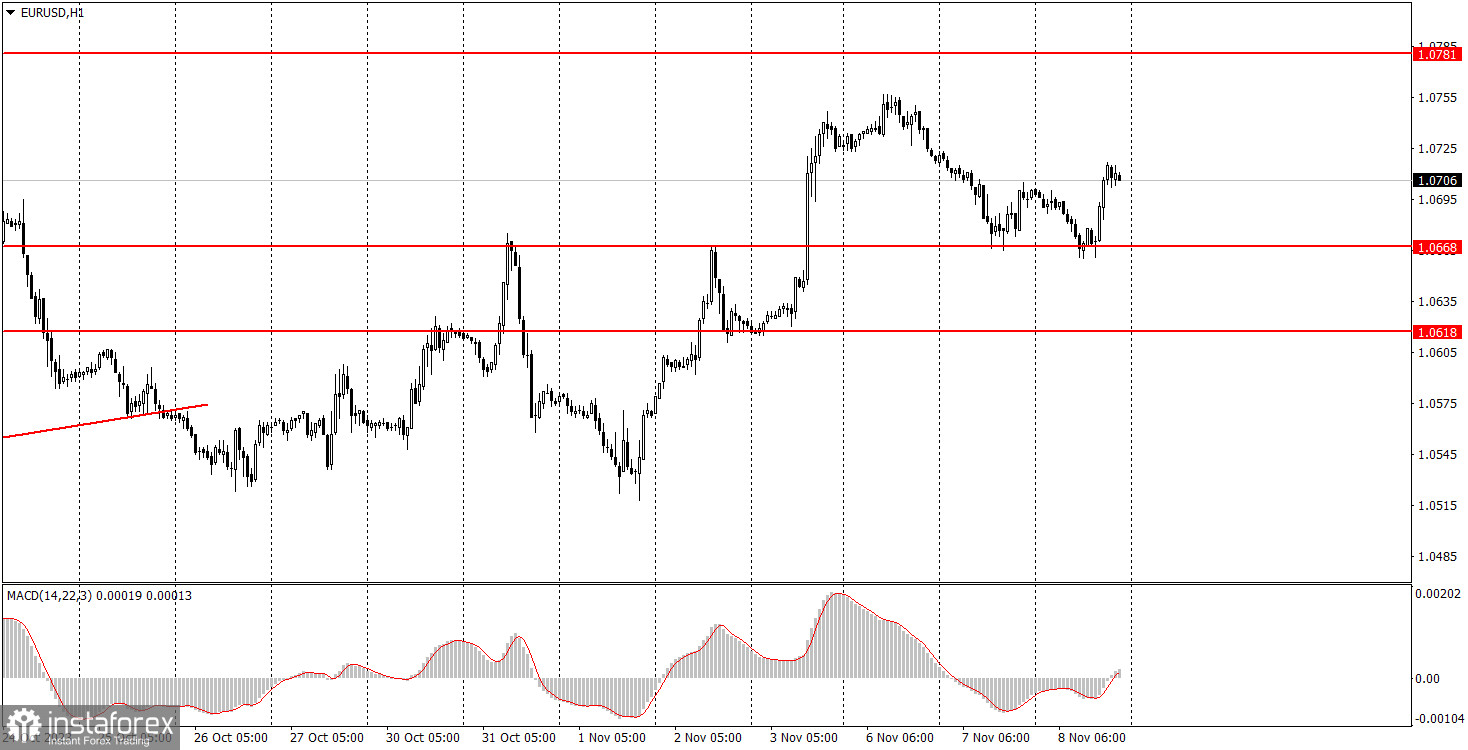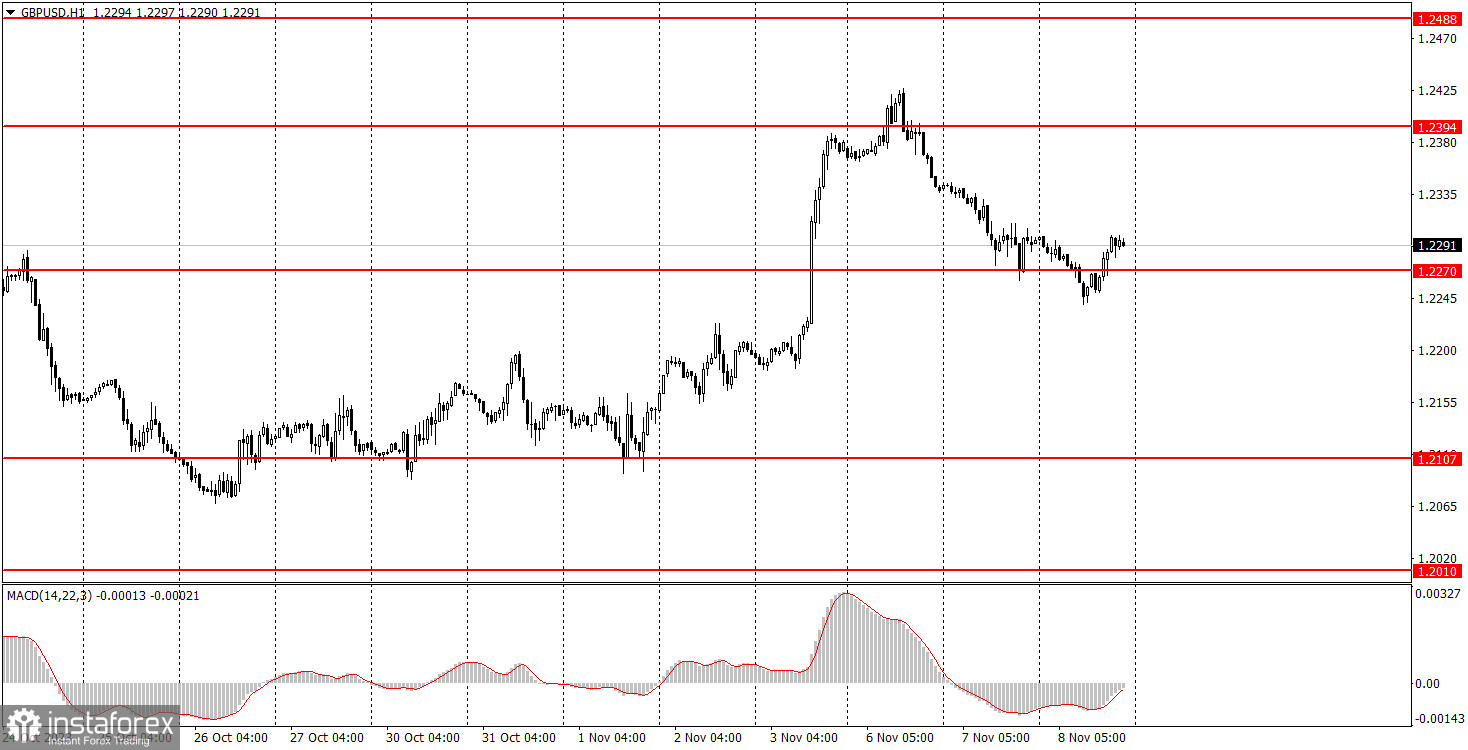Analysis of macroeconomic reports:

There are hardly any macroeconomic events on Thursday, and none of them hold any importance. What can traders pay attention to? Perhaps, only the US unemployment data. If the deviation from the forecasted value is at least 20-30,000, then there's a chance that the market may react. But the problem is that we rarely see deviations from this report. I doubt we'd see such a significant surprise today. Other than that, there are no other reports scheduled for today.
Analysis of fundamental events:
On the bright side, there will be quite a number of fundamental events on Thursday. However, it is unclear whether they will have any impact on the currency movements. Federal Reserve Chairman Jerome Powell delivered a speech yesterday, and we assume that the market reacted to it. Today, we can also highlight another one of his speeches, as well as those from Philip Lane, and Christine Lagarde. We are not sure which one of the three will be able to surprise the market. It is very difficult to expect strong rhetoric from the European Central Bank representatives. The ECB has tightly taken a wait-and-see stance and is not going to raise the rate. Moreover, with falling inflation. On the other hand, the situation is somewhat different in the US. Inflation is rising, and the latest reports on unemployment and the labor market were quite a disappointment. Therefore, we can expect interesting statements from Powell. However, his speech is scheduled for late evening.
General conclusion:
Markets may keep an eye on today's events, but they will be of little practical use. Powell's speech is important, but it will take place at a time when beginners should have already left the market. It is extremely hard to expect strong and important statements from Lane and Lagarde. Therefore, everything points to the fact that we likely won't see high volatility and good moves today.
Basic rules of a trading system:
1) Signal strength is determined by the time taken for its formation (either a bounce or level breach). A shorter formation time indicates a stronger signal.
2) If two or more trades around a certain level are initiated based on false signals, subsequent signals from that level should be disregarded.
3) In a flat market, any currency pair can produce multiple false signals or none at all. In any case, the flat trend is not the best condition for trading.
4) Trading activities are confined between the onset of the European session and mid-way through the U.S. session, post which all open trades should be manually closed.
5) On the 30-minute timeframe, trades based on MACD signals are only advisable amidst substantial volatility and an established trend, confirmed either by a trend line or trend channel.
6) If two levels lie closely together (ranging from 5 to 15 pips apart), they should be considered as a support or resistance zone.
How to read charts:
Support and Resistance price levels can serve as targets when buying or selling. You can place Take Profit levels near them.
Red lines represent channels or trend lines, depicting the current market trend and indicating the preferable trading direction.
The MACD(14,22,3) indicator, encompassing both the histogram and signal line, acts as an auxiliary tool and can also be used as a signal source.
Significant speeches and reports (always noted in the news calendar) can profoundly influence the price dynamics. Hence, trading during their release calls for heightened caution. It may be reasonable to exit the market to prevent abrupt price reversals against the prevailing trend.
Beginning traders should always remember that not every trade will yield profit. Establishing a clear strategy coupled with sound money management is the cornerstone of sustained trading success.






















